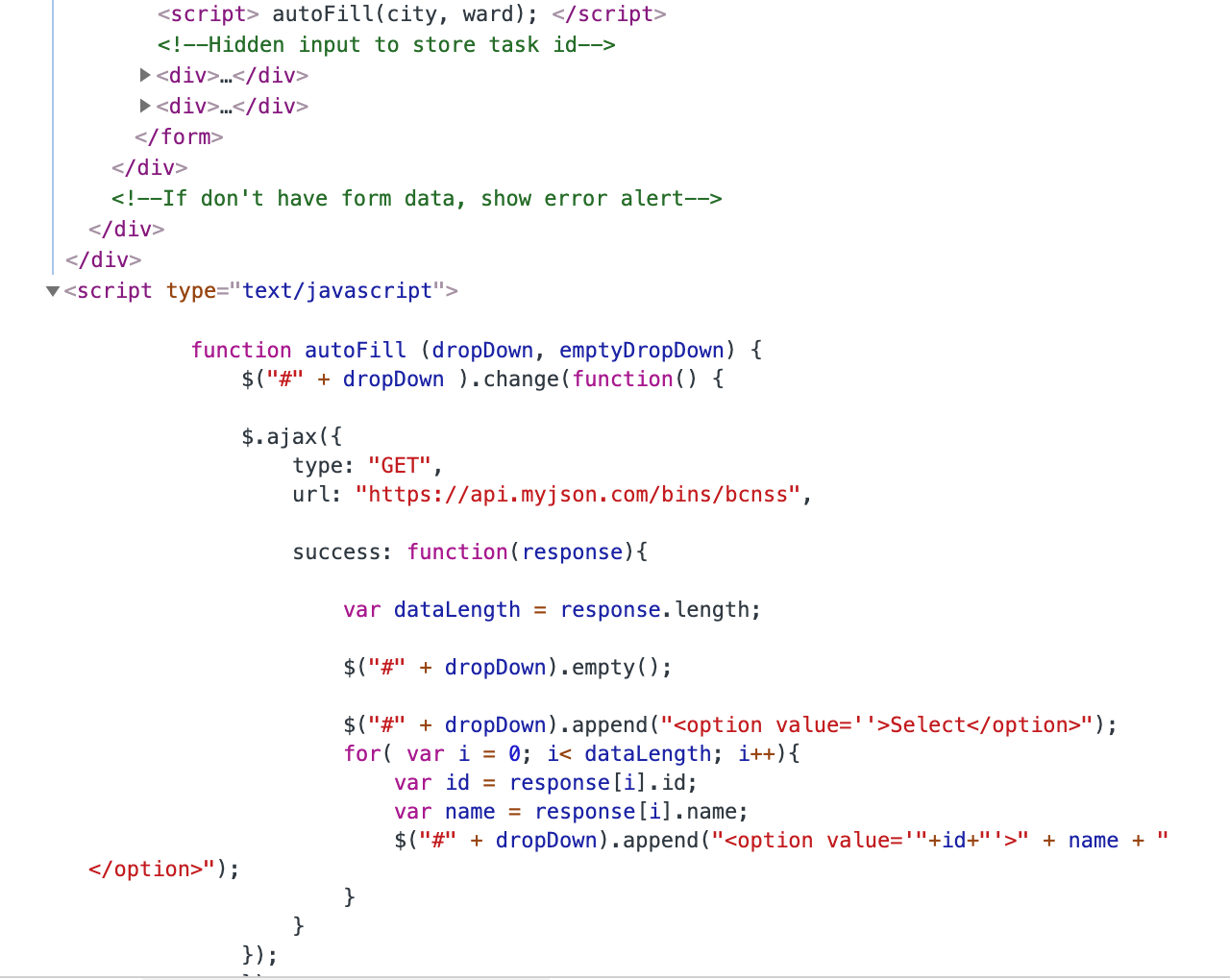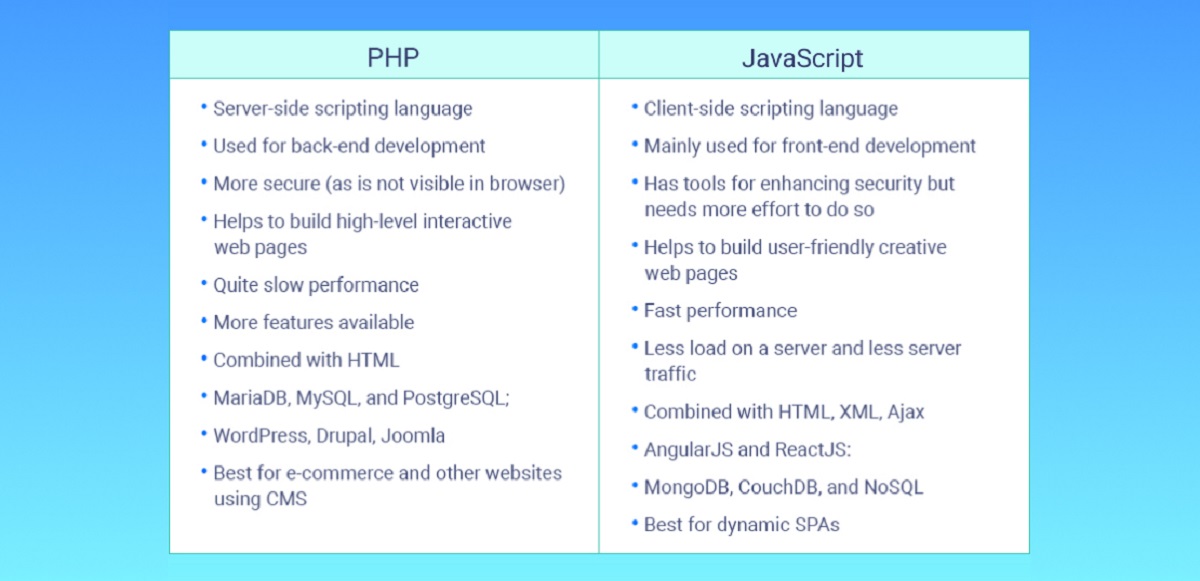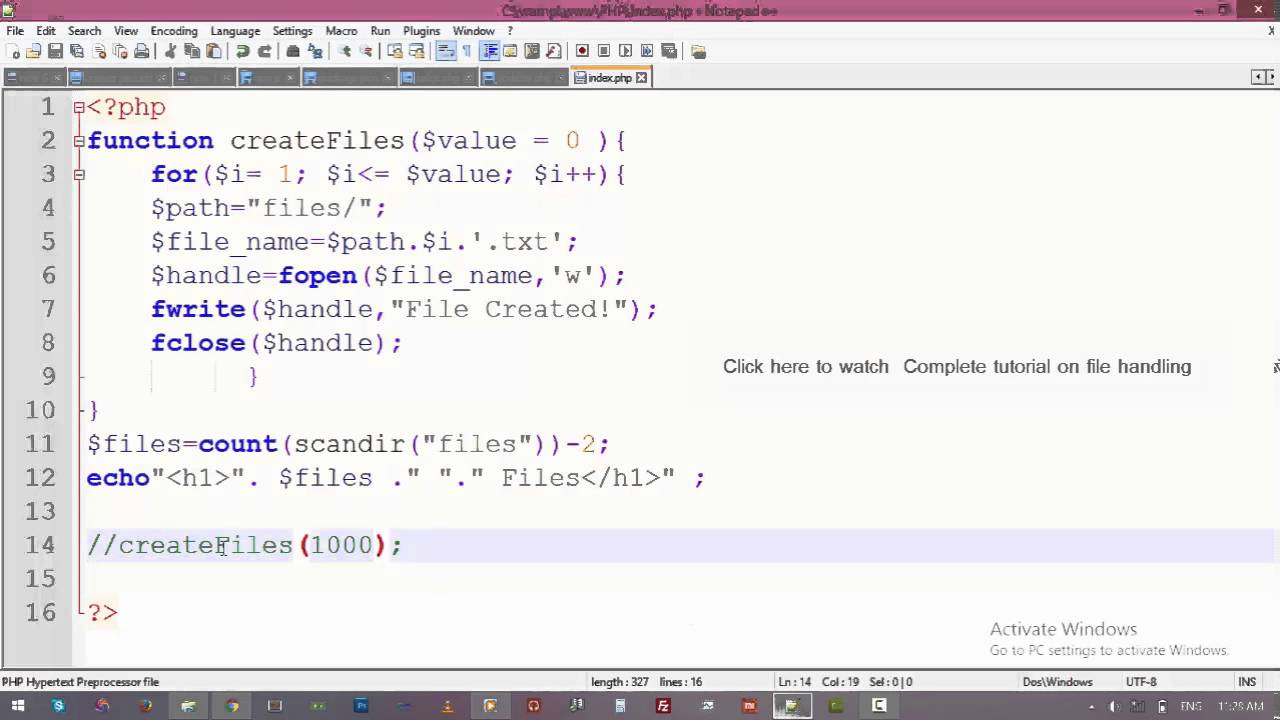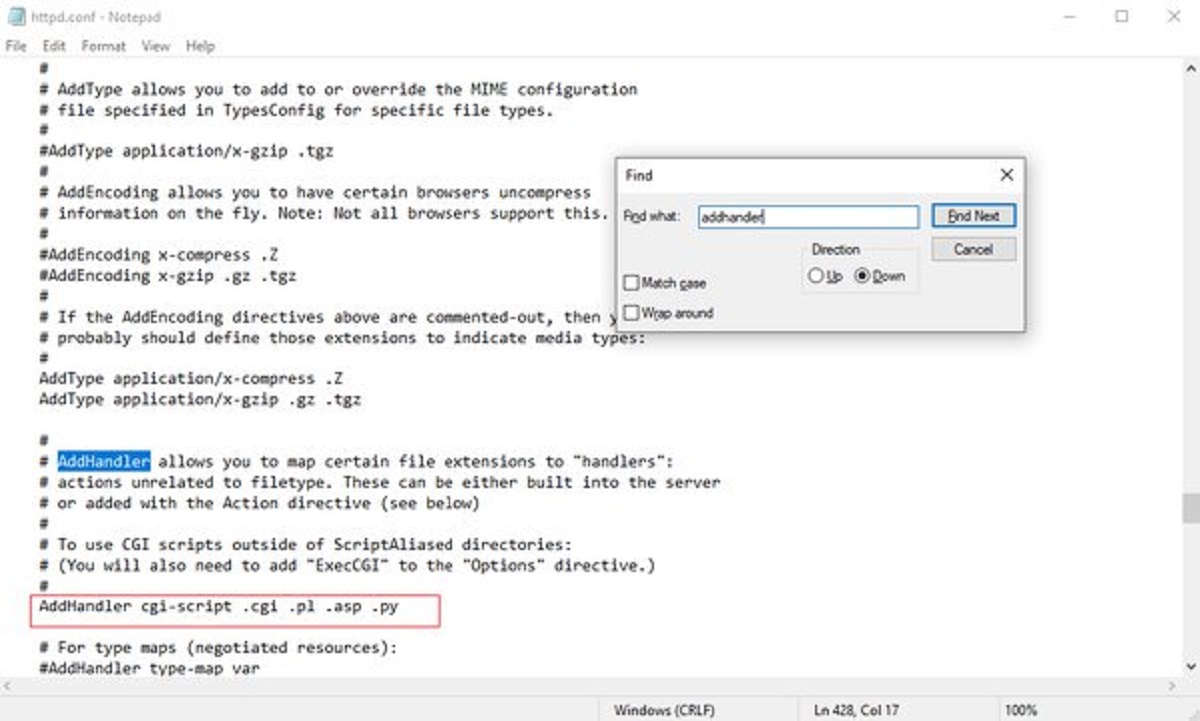Introduction
When you open a web browser, you're entering a gateway to a world of endless possibilities. From browsing the latest news to streaming your favorite music, the browser has become an integral part of our daily lives. But have you ever wondered how all the interactive elements, dynamic content, and complex functionalities within a browser are made possible? The answer lies in the languages and technologies that power these digital experiences.
In the realm of web development, the ability to run logic directly within a browser is a game-changer. It allows for the creation of interactive web applications, immersive games, real-time communication tools, and much more. But which computer language enables this seamless execution of logic within a browser environment? The answer is JavaScript.
JavaScript, often abbreviated as JS, is a versatile and dynamic programming language that has emerged as the cornerstone of modern web development. It is the language of the web, enabling developers to bring interactivity and functionality to websites and web applications. From validating form inputs to creating animated effects, JavaScript empowers developers to craft engaging user experiences directly within the browser.
In addition to JavaScript, another groundbreaking technology has entered the scene, revolutionizing the way logic is executed in the browser: WebAssembly. This low-level programming language opens up new possibilities for running high-performance, computationally intensive tasks within a browser environment. Together, JavaScript and WebAssembly are shaping the future of web development, enabling developers to push the boundaries of what can be achieved in the browser.
In this article, we'll delve into the world of browser logic, exploring the role of JavaScript as the primary language for executing logic in the browser and the emergence of WebAssembly as a powerful complement to JavaScript. By understanding the capabilities and nuances of these technologies, we can gain valuable insights into the evolving landscape of web development and the endless potential of browser-based applications. So, let's embark on a journey to uncover the inner workings of browser logic and the languages that make it all possible.
JavaScript: The Language for Browser Logic
JavaScript, often referred to as the "language of the web," is the driving force behind the dynamic and interactive elements that breathe life into websites and web applications. As a versatile and lightweight programming language, JavaScript plays a pivotal role in enabling logic to be executed directly within the browser environment.
Powering Interactivity
One of JavaScript's primary strengths lies in its ability to respond to user actions in real time. From validating form inputs to creating interactive maps and dynamic content, JavaScript empowers developers to craft seamless and engaging user experiences. By leveraging JavaScript, developers can implement features such as live chat interfaces, interactive image galleries, and responsive animations, all of which enhance the overall user engagement and interactivity of a website.
Event-Driven Architecture
JavaScript's event-driven architecture is fundamental to its role in browser logic. Through event listeners and handlers, JavaScript can detect and respond to user interactions, such as clicks, keystrokes, and mouse movements. This event-driven paradigm allows developers to create responsive and interactive web applications that adapt to user input, providing a fluid and intuitive user experience.
DOM Manipulation
Another key aspect of JavaScript's role in browser logic is its ability to manipulate the Document Object Model (DOM) of a web page. By dynamically altering the structure and content of the DOM, JavaScript can update the display of a web page in response to user actions or external events. This capability enables the creation of dynamic interfaces, real-time data updates, and seamless transitions, all of which contribute to a rich and immersive user experience.
Asynchronous Operations
JavaScript's support for asynchronous programming is instrumental in handling time-consuming tasks without blocking the browser's main thread. Through features such as Promises and the async/await syntax, JavaScript allows developers to execute non-blocking operations, such as fetching data from a server or performing complex computations, while ensuring that the user interface remains responsive and fluid.
Cross-Browser Compatibility
One of JavaScript's greatest strengths is its widespread support across different web browsers. As a language that is natively understood by all major browsers, JavaScript enables developers to write code that can run consistently across diverse browser environments, ensuring a seamless user experience for visitors using various web browsers and devices.
In essence, JavaScript stands as the cornerstone of browser logic, empowering developers to create dynamic, interactive, and responsive web experiences. Its versatility, event-driven nature, DOM manipulation capabilities, support for asynchronous operations, and cross-browser compatibility make it an indispensable language for executing logic directly within the browser, shaping the modern web landscape in profound ways.
WebAssembly: Bringing Low-Level Logic to the Browser
WebAssembly, often abbreviated as Wasm, represents a groundbreaking advancement in the realm of web development, offering a powerful solution for executing low-level logic directly within the browser environment. Unlike traditional web technologies, WebAssembly is not a programming language itself, but rather a binary instruction format that serves as a compilation target for languages such as C, C++, and Rust. This unique characteristic enables developers to harness the performance and efficiency of native code while seamlessly integrating it into web applications.
Performance and Efficiency
One of the key advantages of WebAssembly is its ability to deliver high-performance execution of computationally intensive tasks within the browser. By leveraging a compact binary format that can be efficiently parsed and executed by modern web browsers, WebAssembly transcends the performance limitations of traditional JavaScript, making it well-suited for tasks that demand raw computational power, such as gaming, multimedia processing, and complex simulations.
Seamless Integration
WebAssembly seamlessly integrates with existing web technologies, allowing developers to incorporate low-level logic into their web applications without sacrificing compatibility or performance. This interoperability enables the creation of hybrid applications where performance-critical components are implemented in WebAssembly, while the higher-level application logic remains in JavaScript, resulting in a harmonious blend of performance and flexibility.
Broad Language Support
One of the defining features of WebAssembly is its support for a wide range of programming languages, opening the door for developers to leverage their expertise in languages such as C, C++, and Rust to build high-performance web applications. This flexibility empowers developers to choose the most suitable language for a given task, while still benefiting from the performance gains offered by WebAssembly.
Ecosystem Growth
The adoption of WebAssembly has spurred the growth of a vibrant ecosystem, encompassing tools, libraries, and frameworks tailored for leveraging the capabilities of WebAssembly. This flourishing ecosystem equips developers with the resources needed to harness the full potential of WebAssembly, paving the way for the creation of innovative web applications that push the boundaries of what can be achieved within the browser environment.
Future Possibilities
As WebAssembly continues to evolve and gain traction, its potential to revolutionize web development becomes increasingly apparent. From enabling complex computational tasks to bridging the gap between web and native applications, WebAssembly is poised to redefine the possibilities of browser-based logic, ushering in a new era of web applications that rival the performance and capabilities of traditional desktop software.
In summary, WebAssembly represents a transformative force in the world of web development, offering a pathway to execute low-level logic with unparalleled performance and efficiency directly within the browser. Its seamless integration, broad language support, thriving ecosystem, and boundless potential position WebAssembly as a pivotal technology that is reshaping the landscape of browser-based applications.
Conclusion
In conclusion, the landscape of browser logic is continually evolving, driven by the relentless pursuit of richer, more immersive web experiences. JavaScript stands as the stalwart language that powers the interactive and dynamic elements of the web, enabling developers to create seamless user interactions, responsive interfaces, and engaging content directly within the browser. Its versatility, event-driven architecture, DOM manipulation capabilities, support for asynchronous operations, and cross-browser compatibility make it an indispensable tool for modern web development.
Furthermore, the emergence of WebAssembly has ushered in a new era of possibilities, offering a pathway to execute low-level logic with unparalleled performance and efficiency within the browser environment. With its focus on high-performance execution, seamless integration with existing web technologies, broad language support, and the growth of a vibrant ecosystem, WebAssembly has expanded the horizons of what can be achieved in the realm of browser-based applications.
As we look to the future, the synergy between JavaScript and WebAssembly holds immense promise for the continued advancement of web development. The combination of JavaScript's high-level capabilities with WebAssembly's low-level performance opens the door to a new wave of web applications that seamlessly blend interactivity, responsiveness, and computational power. This convergence of technologies paves the way for the creation of web experiences that rival the performance and capabilities of traditional desktop software, marking a significant leap forward in the evolution of browser-based logic.
In essence, the marriage of JavaScript and WebAssembly represents a harmonious fusion of high-level interactivity and low-level performance, offering developers the tools to craft web applications that transcend the boundaries of what was once deemed possible within the browser environment. As we continue to explore the frontiers of web development, the symbiotic relationship between these two technologies will undoubtedly shape the future of browser logic, driving innovation, and empowering developers to push the boundaries of what can be achieved in the digital realm.

























